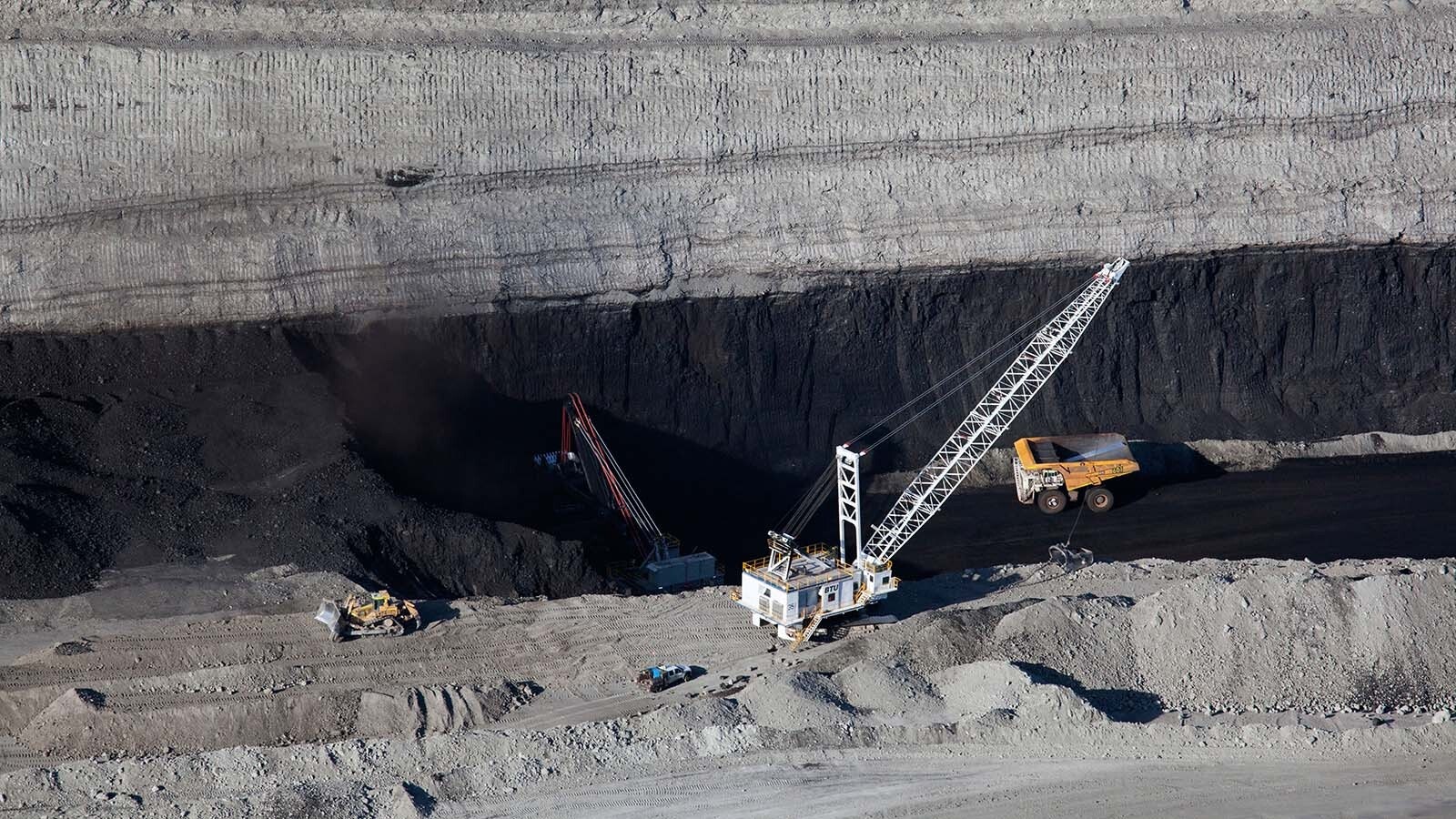China is building out coal-fired generation at a feverish pace, while the United States pursues a renewable energy buildout that includes shuttering all coal plants in the next couple of decades.
Europe also has returned to coal as natural gas supplies from Russia cease in the wake of the invasion of Ukraine.
Wyoming Out In The Cold
Meanwhile, Wyoming coal producers are left out in the cold as the U.S. pursues an energy grid powered primarily with wind and solar.
“It’s definitely frustrating,” said Travis Deti, executive director for the Wyoming Mining Association.
Bloomberg reports that China could build as much as 270 gigawatts of coal-fired generation capacity in the coming years, and 196 gigawatts of that is in the development stages.
For comparison, the U.S. has about 196 gigawatts of capacity remaining in its entire coal fleet, and federal and state policies are pushing to get rid of all of it and be replaced primarily with wind and solar.
That compares to China’s current 1,109 gigawatts of coal-fired capacity, with no known plans to retire any of it.
‘It’s Just Lunacy’
It’s not just China.
India has been increasing its share of electricity from coal.
Germany, long considered a global leader in renewable energy, has reversed course on its opposition to coal, at least temporarily. About 20 coal-fired power plants there are being restarted or had their shuttering delayed. The country recently tore down a wind farm to make room for a coal mine, and it increased its imports of coal from South Africa, even though it paid South Africa $800 million not to use coal.
The promise of an industrialized nation powered with weather-dependent energy sources isn’t going as planned, Deti said.
“The idea that we’re going to power this country with wind and solar, especially given some of the ambitious goals of electric vehicles, it’s just lunacy,” he said.
Human Rights
Energy entrepreneur, investor and writer Brian Gitt told Cowboy State Daily that, besides the threat to America’s energy security, the role China plays in America’s wind and solar industry is a human rights issue.
Gitt spent about 20 years of his career promoting the ability to power an industrialized society entirely with wind and solar. His views changed as he realized that there is no energy source without tradeoffs.
Today he’s head of business development for Oklo, a company that is designing, building and operating small modular nuclear reactors, similar to the one TerraPower is building in Kemmerer.
Ten of the 15 largest wind turbine manufacturers are in China, Gitt said, and the nation’s Xinjiang region is home to an estimated 1 million slave workers in concentration camps.
“This is not even a Republican or Democrat thing. The Biden administration has enacted legislation that restricts importing of products from Xinjiang that are related to solar panels and wind turbines,” Gitt said.
While China is selling the U.S. wind turbines and solar panels, it’s not pursuing a comparable renewable energy program of its own.
The country has built its share of wind and solar farms but it makes up about 6% of the nation’s energy consumption, according to BP Statistical Review of World Energy. Coal, oil and gas make up more than 83%, and that share is growing.
Intermittency
While wind and solar are billed as cheaper than coal and natural gas generation, the cost of dealing with the intermittency of weather dependent energy sources, as well as the transmission line capacity needed to connect farms with residences and businesses, eats up the savings made when the wind is blowing and the sun is shining.
Germans pay about three times what we pay in the U.S. for electricity, and states like California that have large shares of wind and solar pay the highest rates in America.
Javier Blas, energy and commodities columnist at Bloomberg, tweeted Monday morning that over the previous 40 hours, the wind power industry in the United Kingdom went from producing 16.4 gigawatts to generating 0.4 gigawatts. That’s equal to 14 nuclear power stations.
“You can’t run an industrialized modern society on intermittent power that just decides to not show up for work,” Gitt said.
America’s Future?
Deti said the plan to get rid of fossil fuels is “madness” that will result in more blackouts and higher costs to consumers.
“We should be building new coal-fired power plants with the latest technology. We should be implementing carbon capture, and we should be using our coal resources,” Deti said.
Europe is much further along in its renewable energy buildout than the U.S. in the pursuit of so-called net-zero electrical generation. However, the high energy costs resulting from such policies are shutting down industries, especially in Germany, and people on the continent are starting to reconsider.
Gitt said what’s happening in Europe provides a look into what the U.S. can expect to see if it continues down the same path.
“We have the sample right in front of us,” Gitt said.





